Home>Furniture & Design>Interior Design Trends>How To Water Glass Eggs
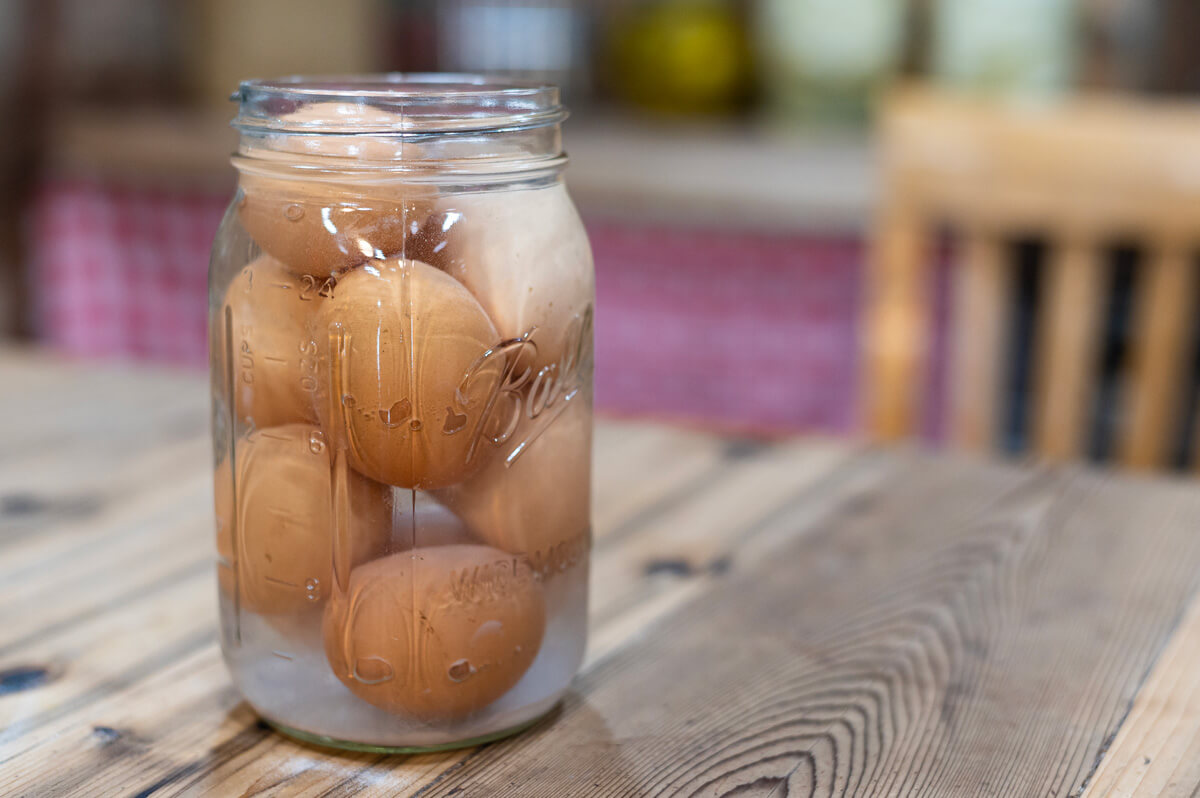

Interior Design Trends
How To Water Glass Eggs
Modified: February 18, 2024
Learn how to water glass eggs and incorporate the latest interior design trends into your home decor. Discover creative ideas for styling and displaying glass eggs. Elevate your interior design with these unique and elegant decorative accents.
(Many of the links in this article redirect to a specific reviewed product. Your purchase of these products through affiliate links helps to generate commission for Storables.com, at no extra cost. Learn more)
Introduction
Water glass eggs, also known as "water glassing," is a traditional method of preserving fresh eggs for an extended period. This time-honored technique has been used for generations, allowing individuals to store surplus eggs without the need for refrigeration. By immersing eggs in a solution of water glass, or sodium silicate, their natural protective coating is fortified, creating a barrier that helps to maintain their freshness and quality.
Preserving eggs using the water glassing method is not only practical but also environmentally friendly, as it reduces the reliance on electricity for refrigeration. Additionally, it offers a sustainable approach to food preservation, enabling individuals to make the most of their homegrown or locally sourced eggs.
In this article, we will explore the process of water glassing eggs, providing a comprehensive guide on how to effectively preserve these nutritious and versatile staples. By following the steps outlined in this article, you can ensure a steady supply of fresh, high-quality eggs, even during periods when egg production may be limited.
The water glassing method offers a valuable solution for homesteaders, small-scale farmers, and anyone seeking to reduce food waste and embrace self-sufficiency. Whether you have an abundant supply of eggs from your backyard flock or wish to take advantage of seasonal egg availability, water glassing presents an opportunity to extend the shelf life of eggs without compromising their nutritional value.
By delving into the art of water glassing eggs, you can discover a time-tested approach to food preservation that aligns with sustainable living practices. This age-old method not only allows for the enjoyment of fresh eggs throughout the year but also serves as a testament to the resourcefulness and ingenuity of traditional food preservation techniques.
Key Takeaways:
- Preserve fresh eggs without refrigeration using the traditional water glassing method. It’s sustainable, reduces food waste, and ensures a steady supply of high-quality eggs year-round.
- To water glass eggs, immerse fresh, unwashed eggs in a water glass solution, seal the container, and store in a cool, dark place. Follow best practices for gentle handling and proper labeling.
Read more: How Do You Water Glass Eggs
Materials Needed
To embark on the process of water glassing eggs, you will need a few essential materials to ensure successful preservation. Here's a comprehensive list of the items required:
-
Fresh Eggs: Begin with fresh, unwashed eggs obtained from a reliable source. It's important to use eggs that are free from cracks or imperfections, as these could compromise the preservation process.
-
Water Glass (Sodium Silicate): This key ingredient is the primary agent used to create the preserving solution. Water glass, or sodium silicate, is readily available at hardware stores, online retailers, or specialty suppliers. Ensure that you acquire food-grade water glass to guarantee the safety and quality of the preservation process.
-
Container: Select a suitable container for immersing the eggs in the water glass solution. Opt for a non-reactive vessel such as a large crock, food-grade plastic bucket, or glass jar with a tight-fitting lid. The chosen container should be clean, dry, and spacious enough to accommodate the desired quantity of eggs.
-
Water: High-quality, clean water is essential for preparing the preserving solution. Use filtered or distilled water to ensure that impurities or contaminants do not interfere with the preservation process.
-
Measuring Utensils: Accurate measurements are crucial when preparing the water glass solution. Have measuring cups and spoons on hand to precisely portion the water glass and water according to the recommended ratios.
-
Labels and Marker: To maintain organization and track the preservation timeline, labels and a marker are indispensable. Clearly label the container with the date of preservation and any other pertinent details to facilitate easy identification and rotation of preserved eggs.
-
Storage Area: Identify a suitable storage area for the container of water glass eggs. Choose a cool, dark location with consistent temperatures, such as a root cellar, basement, or dedicated pantry shelf.
By gathering these essential materials, you can set the stage for a successful water glassing endeavor, ensuring that the preservation process unfolds smoothly and yields optimal results. With these items at your disposal, you are well-equipped to embark on the journey of preserving fresh eggs using the time-honored water glassing method.
Steps to Water Glass Eggs
-
Select Fresh Eggs: Begin by selecting fresh, unwashed eggs from a reliable source. It's important to use eggs that are free from cracks or imperfections, as these could compromise the preservation process.
-
Prepare the Water Glass Solution: In a clean container, mix the water glass (sodium silicate) with water according to the recommended ratio. A common ratio is 1 part water glass to 9 parts water, but it's essential to follow the specific guidelines provided with the water glass product. Stir the solution thoroughly to ensure that the water glass is evenly distributed in the water.
-
Immerse the Eggs: Gently place the selected eggs into the prepared water glass solution, ensuring that they are fully submerged. It's important to handle the eggs with care to prevent any breakage during the immersion process.
-
Seal the Container: Once all the eggs are immersed in the water glass solution, securely seal the container with a tight-fitting lid. This helps to create an airtight environment, safeguarding the eggs and preserving their freshness effectively.
-
Label and Date the Container: Using a marker, label the container with the date of preservation and any other pertinent details. This step is crucial for tracking the preservation timeline and ensuring that the eggs are used within the recommended storage duration.
-
Store in a Cool Location: Place the sealed container of water glass eggs in a cool, dark location with consistent temperatures. Ideal storage areas include a root cellar, basement, or dedicated pantry shelf. It's important to avoid exposure to direct sunlight and fluctuations in temperature, as these factors can impact the preservation process.
-
Monitor and Rotate: Periodically check the container to ensure that the water glass solution remains intact and the eggs are properly preserved. Rotate the eggs if necessary to maintain their condition and prolong their shelf life.
By following these steps, you can successfully water glass eggs, harnessing the time-honored method of preserving fresh eggs for extended use. This process allows you to enjoy a sustainable approach to egg preservation, ensuring a readily available supply of high-quality eggs throughout the year. With careful preparation and attentive monitoring, water glassing presents a valuable opportunity to embrace traditional food preservation techniques and reduce reliance on refrigeration.
When watering glass eggs, use a small, narrow spout watering can to carefully pour water around the base of the plant, avoiding getting water directly on the glass egg to prevent any potential damage.
Tips and Tricks
Preserving eggs through the water glassing method requires attention to detail and adherence to best practices to ensure optimal results. Here are valuable tips and tricks to enhance your water glassing experience and maximize the longevity of preserved eggs:
-
Select the Freshest Eggs: When embarking on the water glassing process, prioritize using the freshest eggs available. Fresh eggs with intact shells and no visible cracks are more likely to uphold their quality throughout the preservation period.
-
Maintain Cleanliness: Ensure that all equipment, including the container and utensils, is thoroughly cleaned and dried before preparing the water glass solution. A clean environment minimizes the risk of contamination and supports the effectiveness of the preservation process.
-
Accurate Measurement: When mixing the water glass solution, use precise measurements to achieve the recommended ratio of water glass to water. Accurate proportions are essential for creating an optimal preserving environment for the eggs.
-
Gentle Handling: Handle the eggs with care when immersing them in the water glass solution. Gentle placement and avoidance of sudden movements can help prevent accidental breakage, preserving the integrity of the eggs during the preservation process.
-
Proper Sealing: Ensure that the container used for water glassing is securely sealed with a tight-fitting lid. This airtight seal helps maintain the integrity of the preserving solution and shields the eggs from external contaminants.
-
Labeling and Organization: Clearly label the container with the date of preservation and any additional details. Organizing and tracking the preservation timeline facilitates efficient rotation and usage of the preserved eggs.
-
Storage Considerations: Choose a storage location with stable, cool temperatures for the container of water glass eggs. Avoid exposure to direct sunlight and fluctuations in temperature, as these factors can compromise the preservation process.
-
Regular Monitoring: Periodically inspect the container to ensure that the water glass solution remains intact and the eggs are properly preserved. This proactive approach allows for timely adjustments and maintenance of the preserving environment.
-
Rotation and Usage: As the preservation period progresses, consider rotating and utilizing the preserved eggs to make the most of their extended shelf life. Incorporating these eggs into culinary creations ensures minimal waste and maximizes their value.
By incorporating these tips and tricks into your water glassing practice, you can elevate the preservation process and optimize the quality and longevity of the preserved eggs. Embracing these best practices allows for a seamless and rewarding experience, culminating in a sustainable supply of high-quality eggs for your culinary endeavors.
Conclusion
In conclusion, the art of water glassing eggs offers a timeless and sustainable approach to preserving fresh eggs for extended use. By immersing eggs in a carefully prepared solution of water glass, individuals can safeguard their bounty of eggs without the need for refrigeration, thereby reducing food waste and embracing self-sufficiency. The process of water glassing, rooted in tradition and resourcefulness, empowers homesteaders, small-scale farmers, and enthusiasts of sustainable living to maintain a consistent supply of high-quality eggs throughout the year.
Through the meticulous selection of fresh eggs and the precise preparation of the water glass solution, individuals can embark on a journey of preserving eggs with confidence and efficacy. The adherence to best practices, including gentle handling, proper sealing, and attentive monitoring, ensures that the preserved eggs maintain their integrity and nutritional value over an extended period. By following the outlined steps and incorporating valuable tips and tricks, individuals can navigate the water glassing process with ease, unlocking the potential for long-term egg preservation.
The significance of water glassing extends beyond the practical aspect of egg preservation; it embodies a connection to heritage and the wisdom of traditional food preservation techniques. Embracing the art of water glassing allows individuals to honor the legacy of resourceful practices passed down through generations, fostering a deeper appreciation for sustainable living and the utilization of natural methods to enhance food security.
As the container of water glass eggs finds its place in a cool, dark storage area, a sense of assurance accompanies the knowledge that a sustainable supply of preserved eggs awaits. This assurance is not only rooted in the practicality of egg preservation but also in the preservation of tradition and the spirit of self-reliance. The act of water glassing eggs transcends mere preservation; it embodies a commitment to sustainability, a celebration of heritage, and a testament to the enduring value of traditional knowledge.
In essence, the journey of water glassing eggs is a testament to the resilience and ingenuity of traditional food preservation methods. By preserving eggs through water glassing, individuals not only extend the shelf life of this versatile staple but also embrace a time-honored practice that resonates with the principles of sustainability and self-sufficiency. As the container of preserved eggs stands as a symbol of resourcefulness and respect for tradition, it also represents the promise of culinary creativity and the fulfillment of a sustainable lifestyle.
Frequently Asked Questions about How To Water Glass Eggs
Was this page helpful?
At Storables.com, we guarantee accurate and reliable information. Our content, validated by Expert Board Contributors, is crafted following stringent Editorial Policies. We're committed to providing you with well-researched, expert-backed insights for all your informational needs.
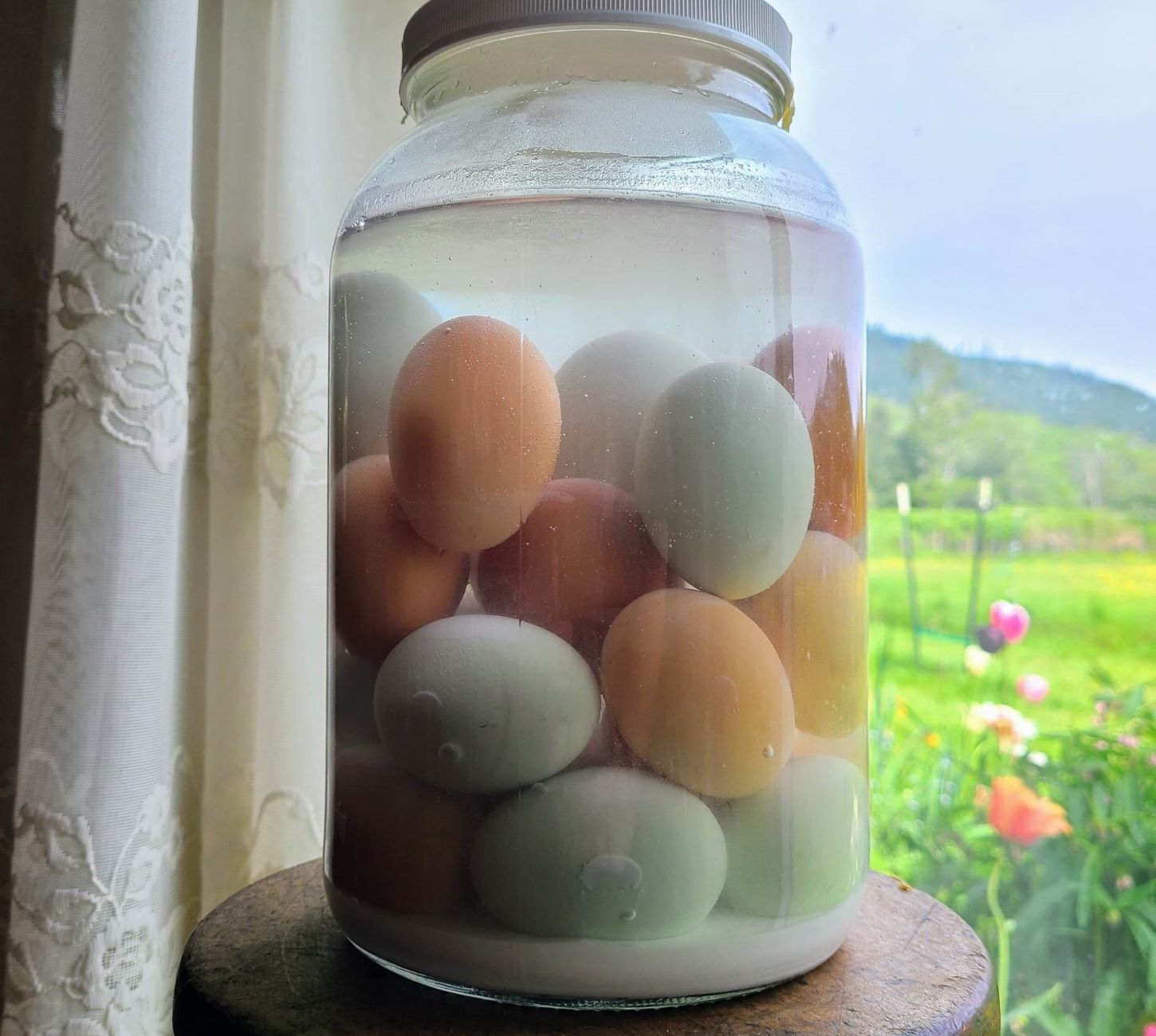
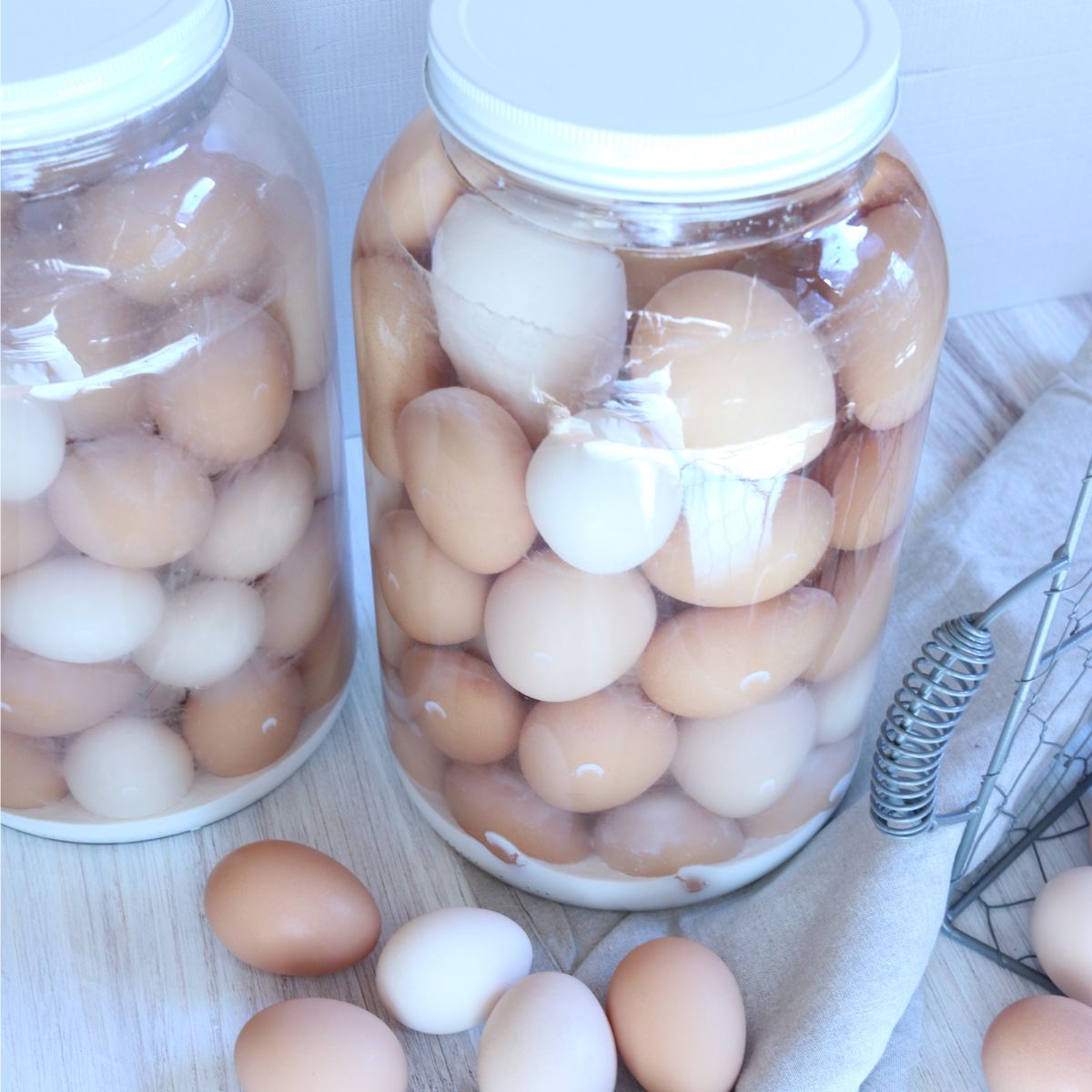
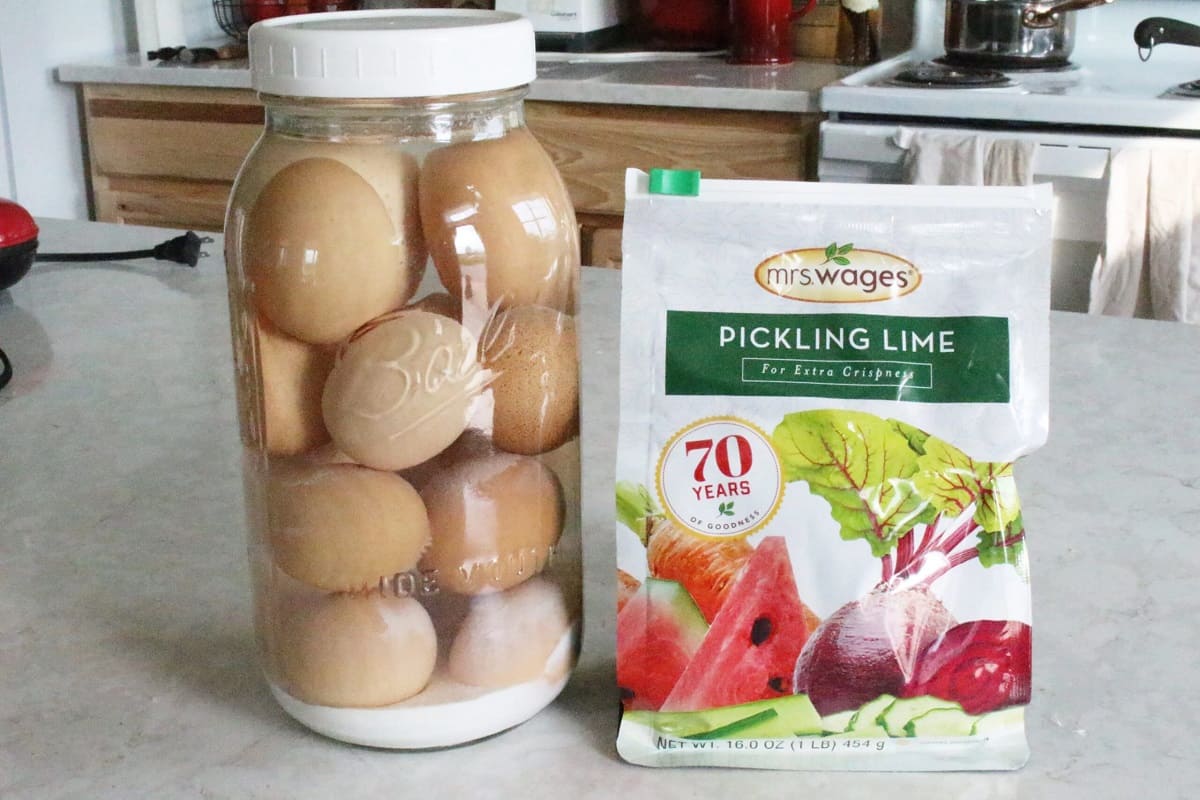

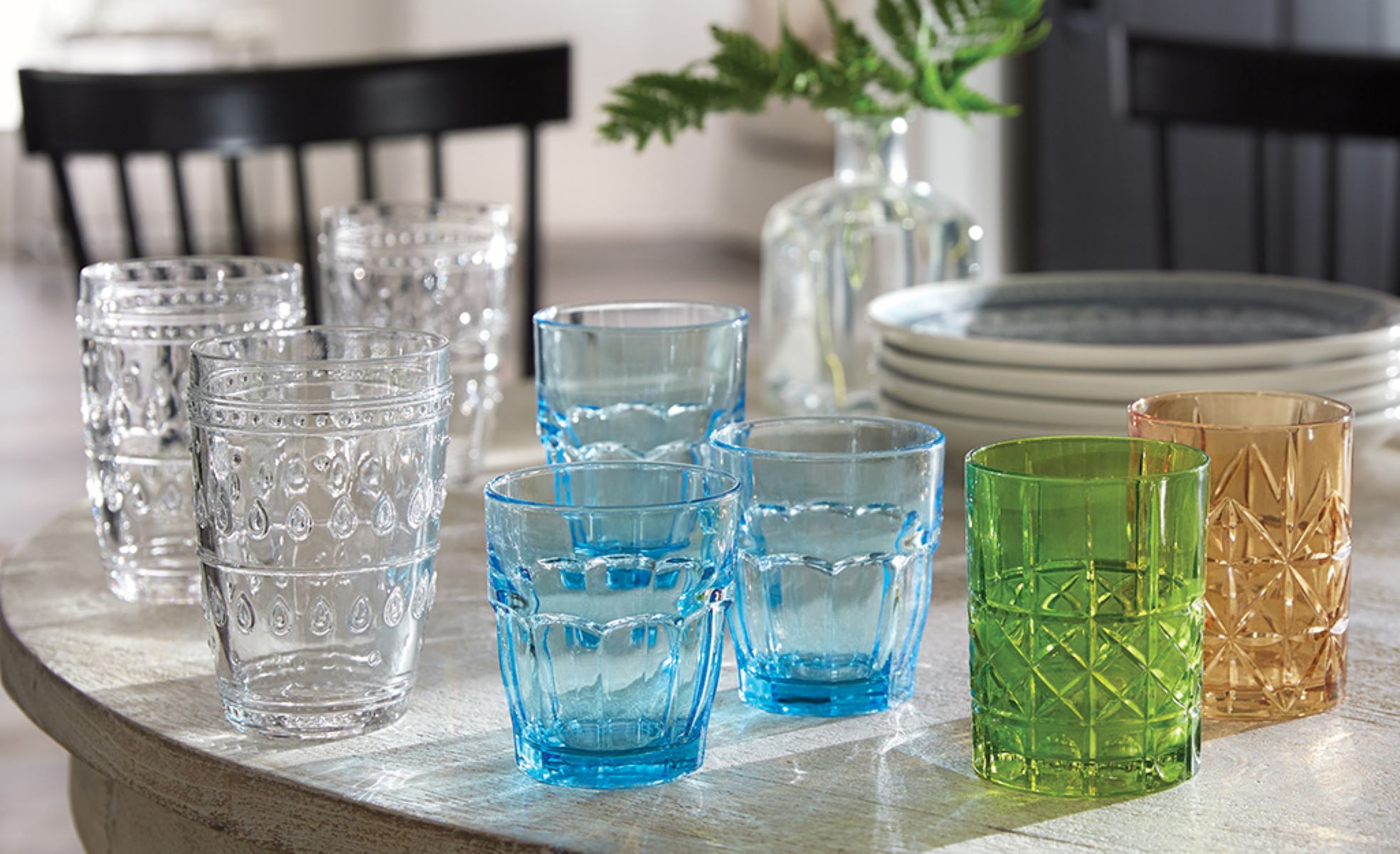
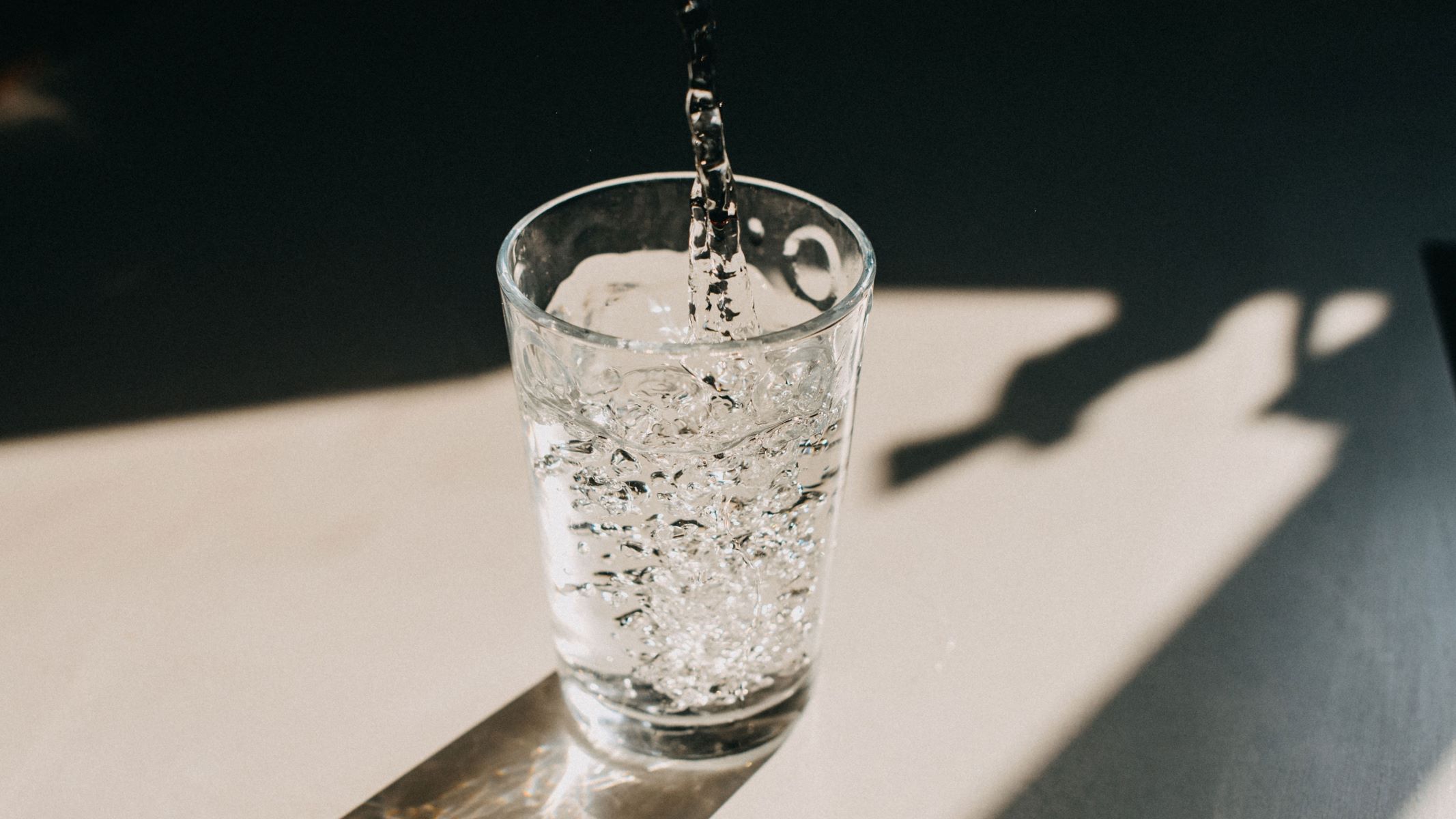
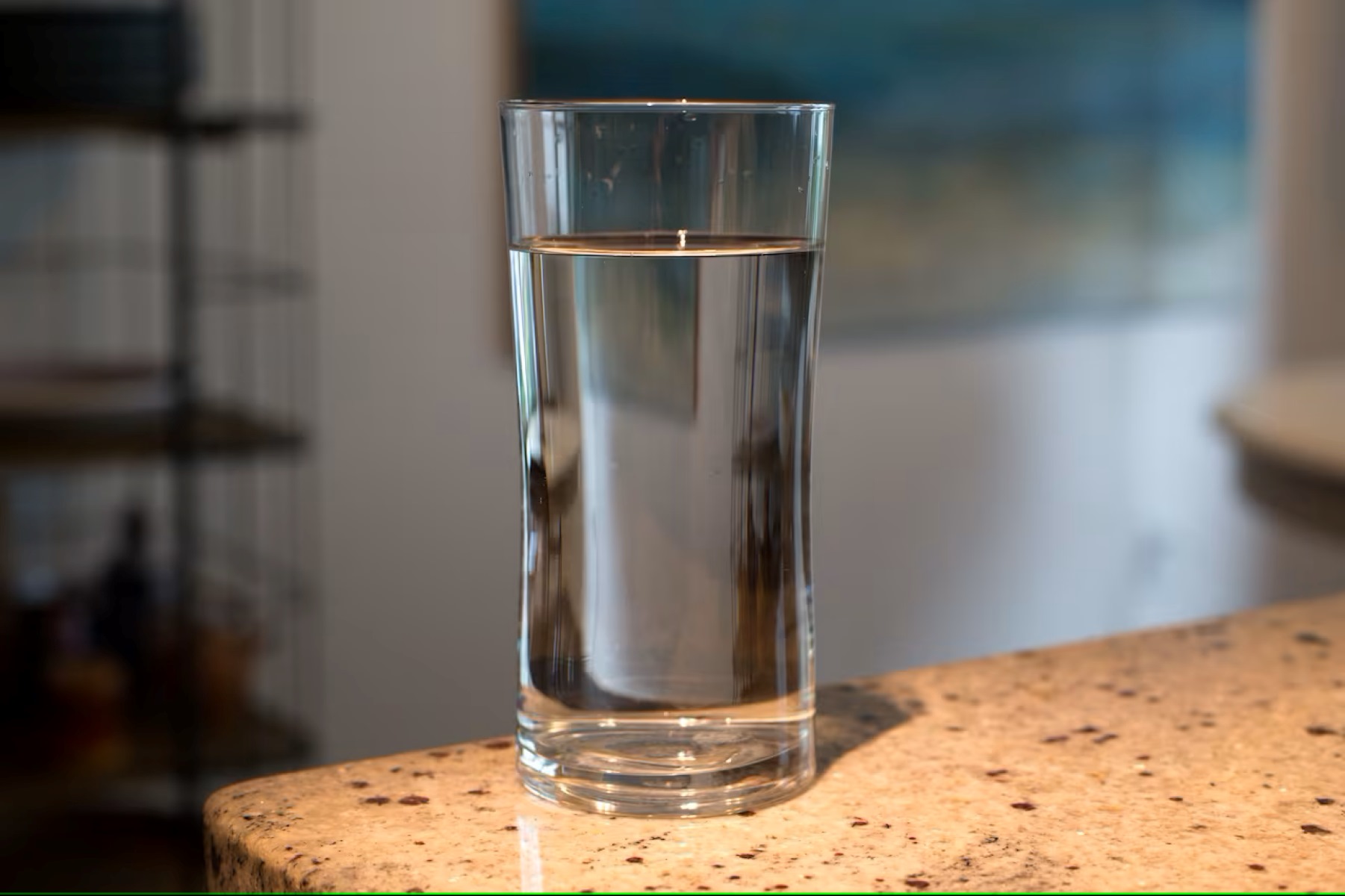
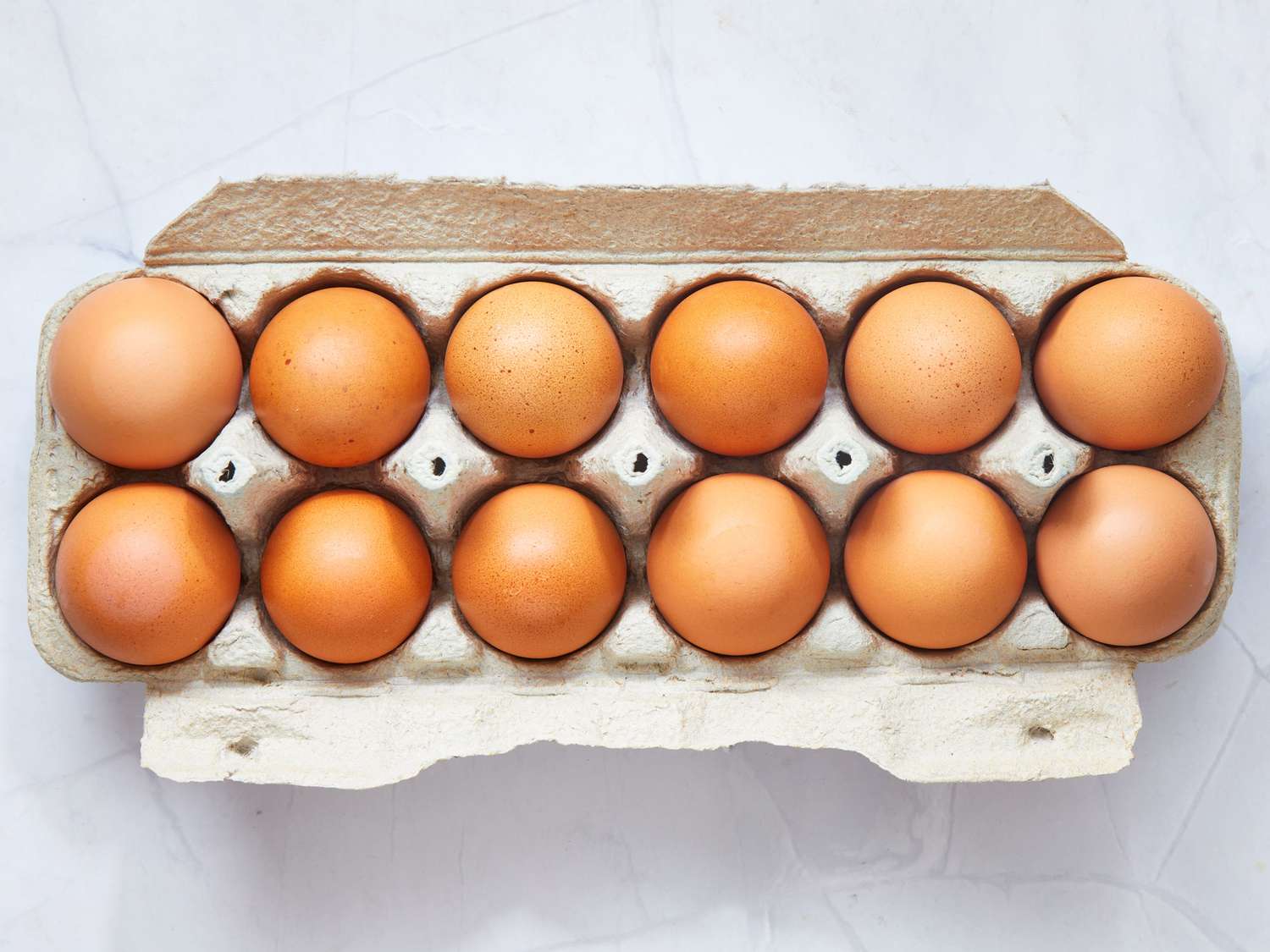
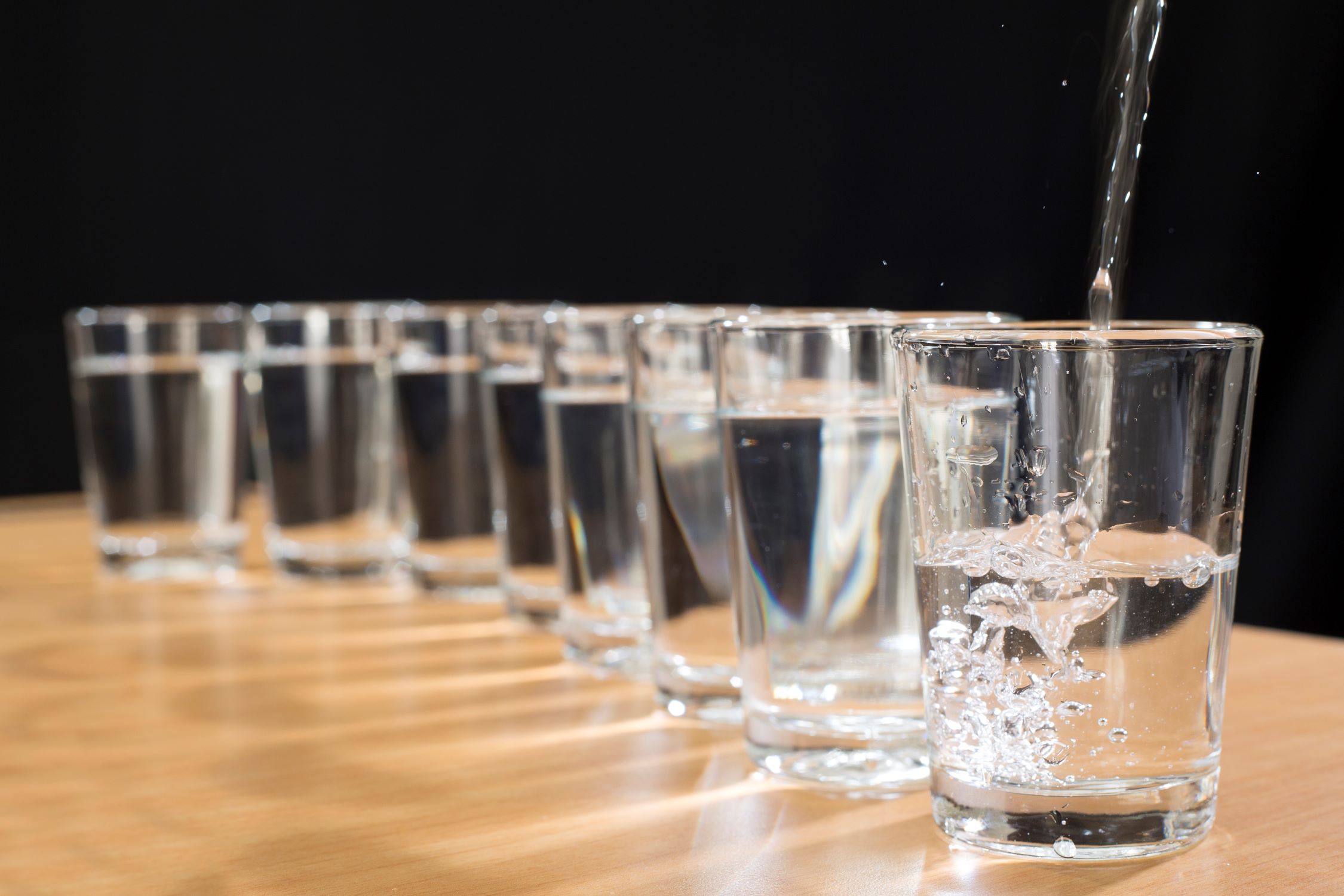
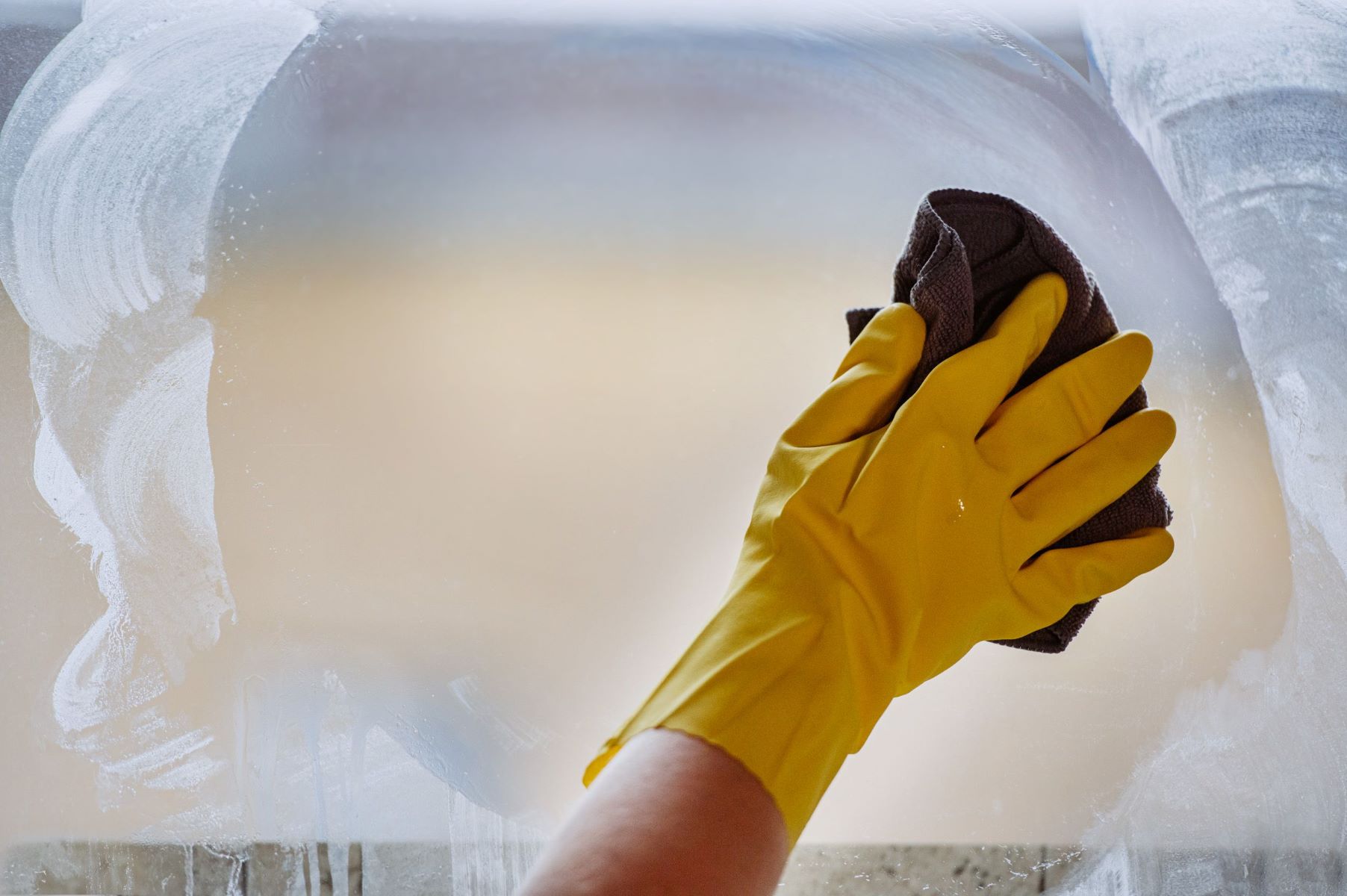
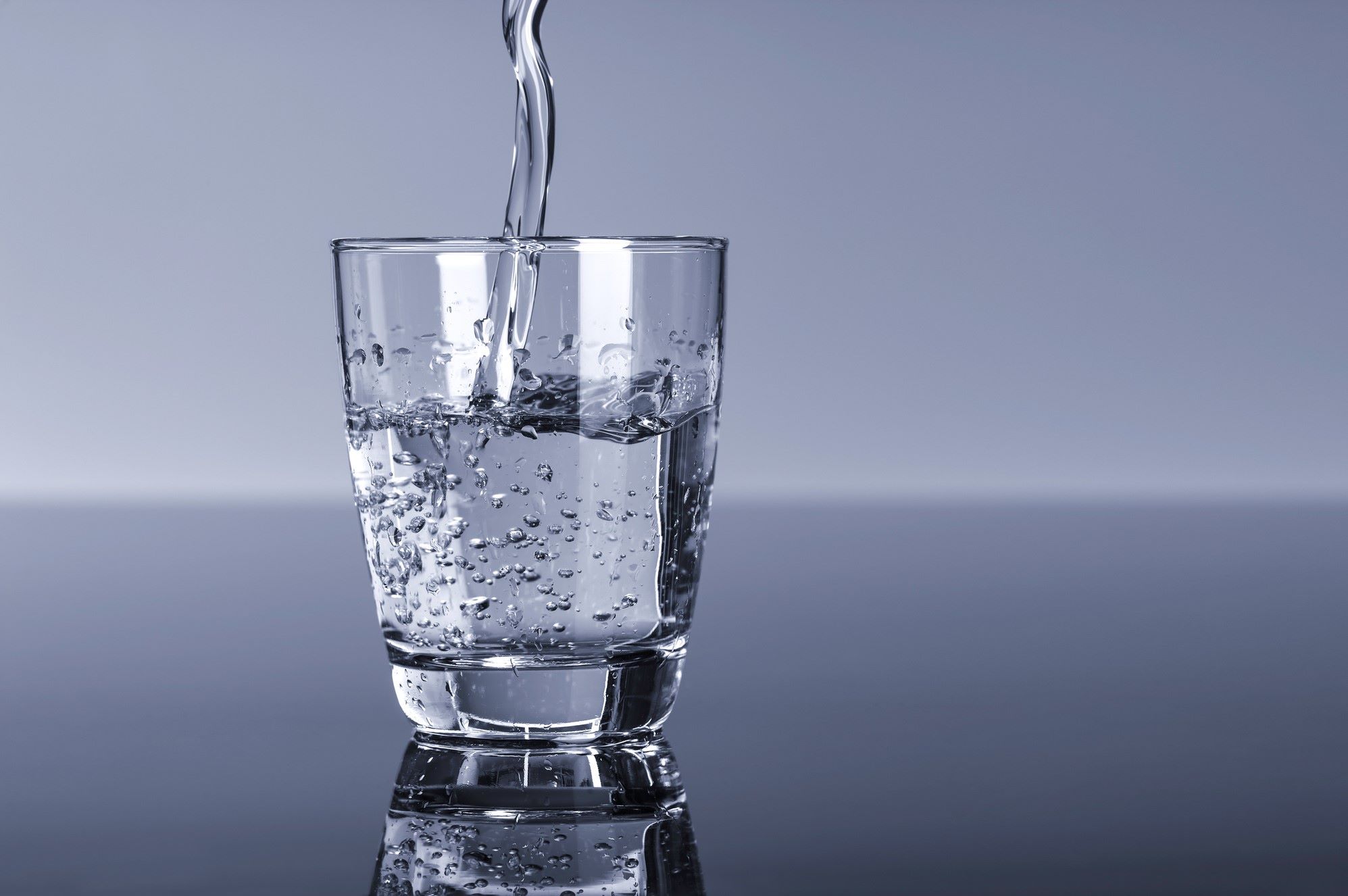
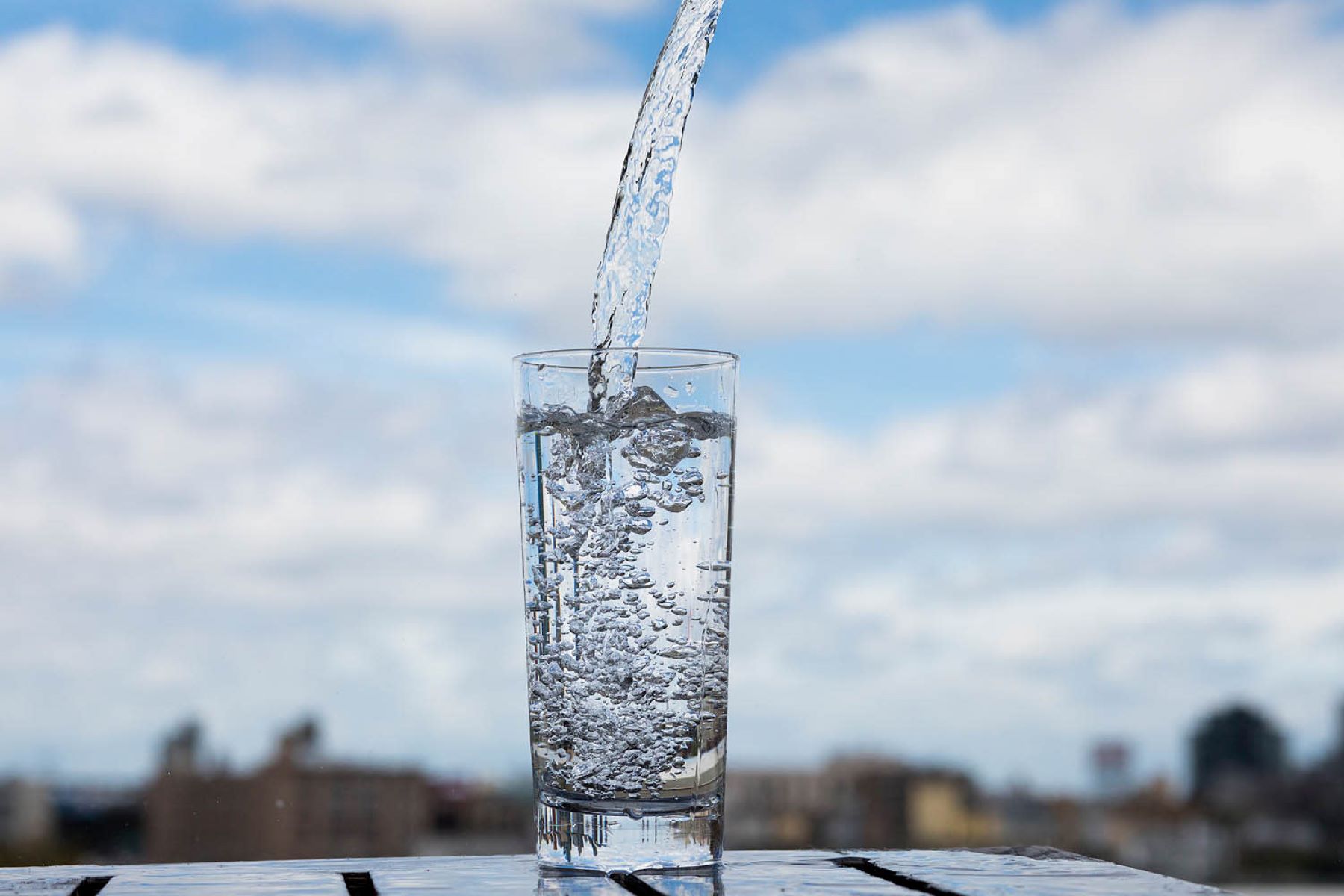
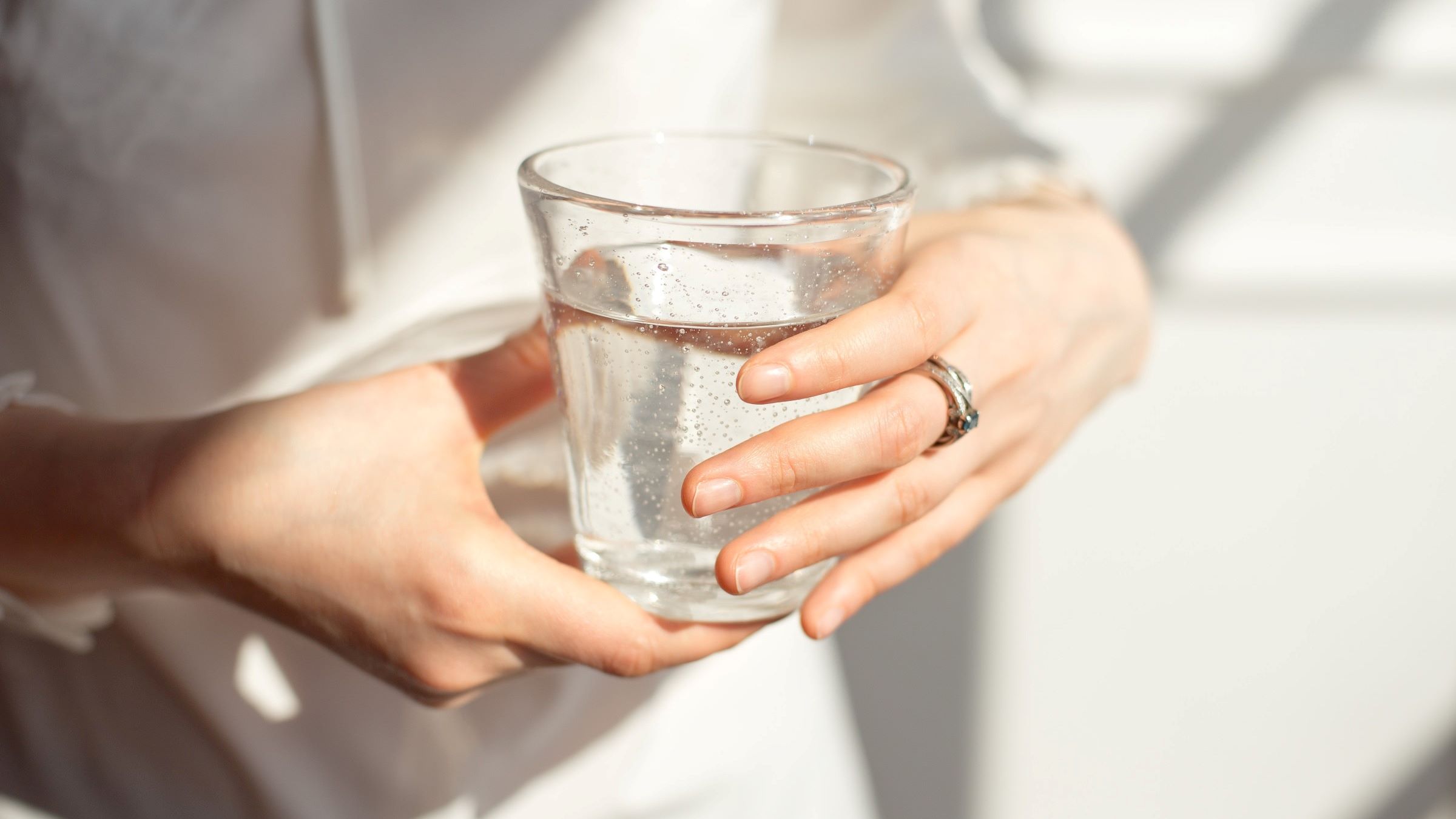
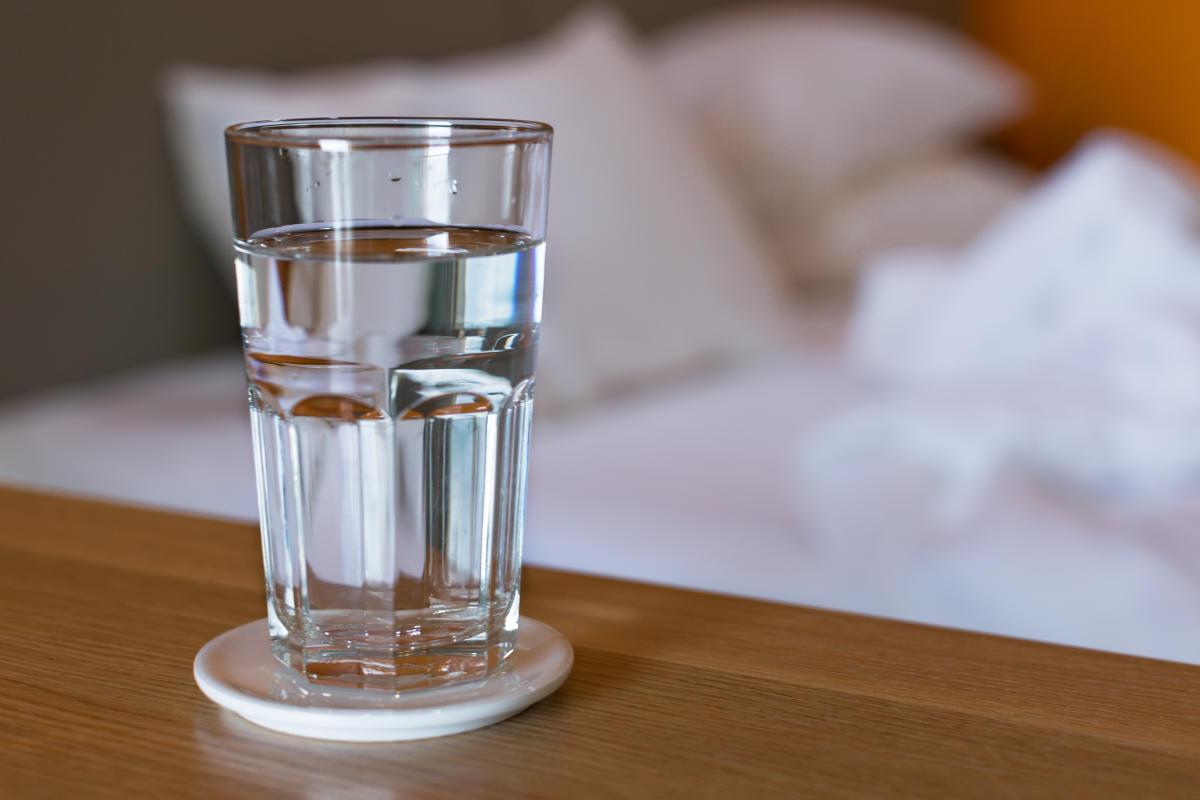
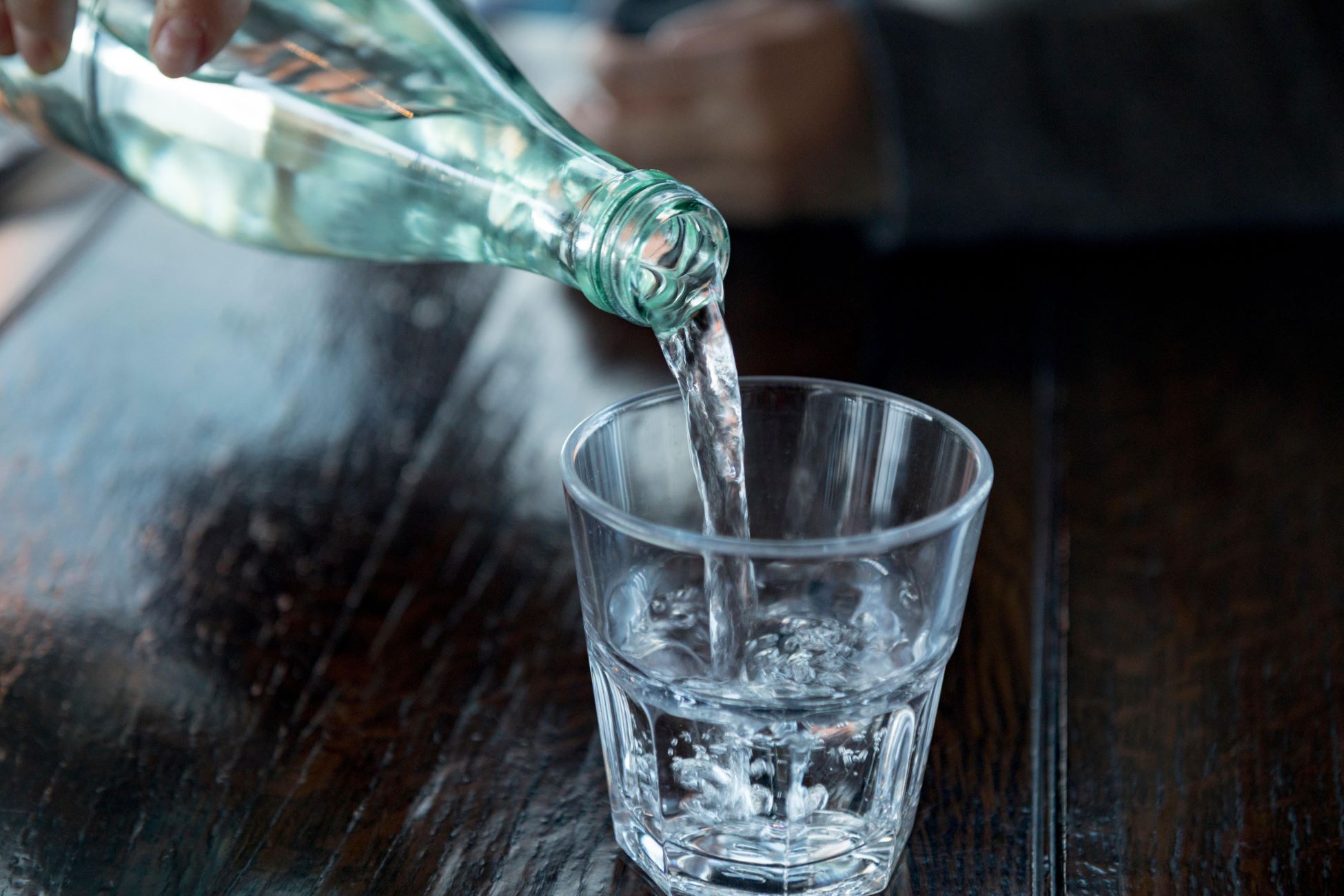

0 thoughts on “How To Water Glass Eggs”